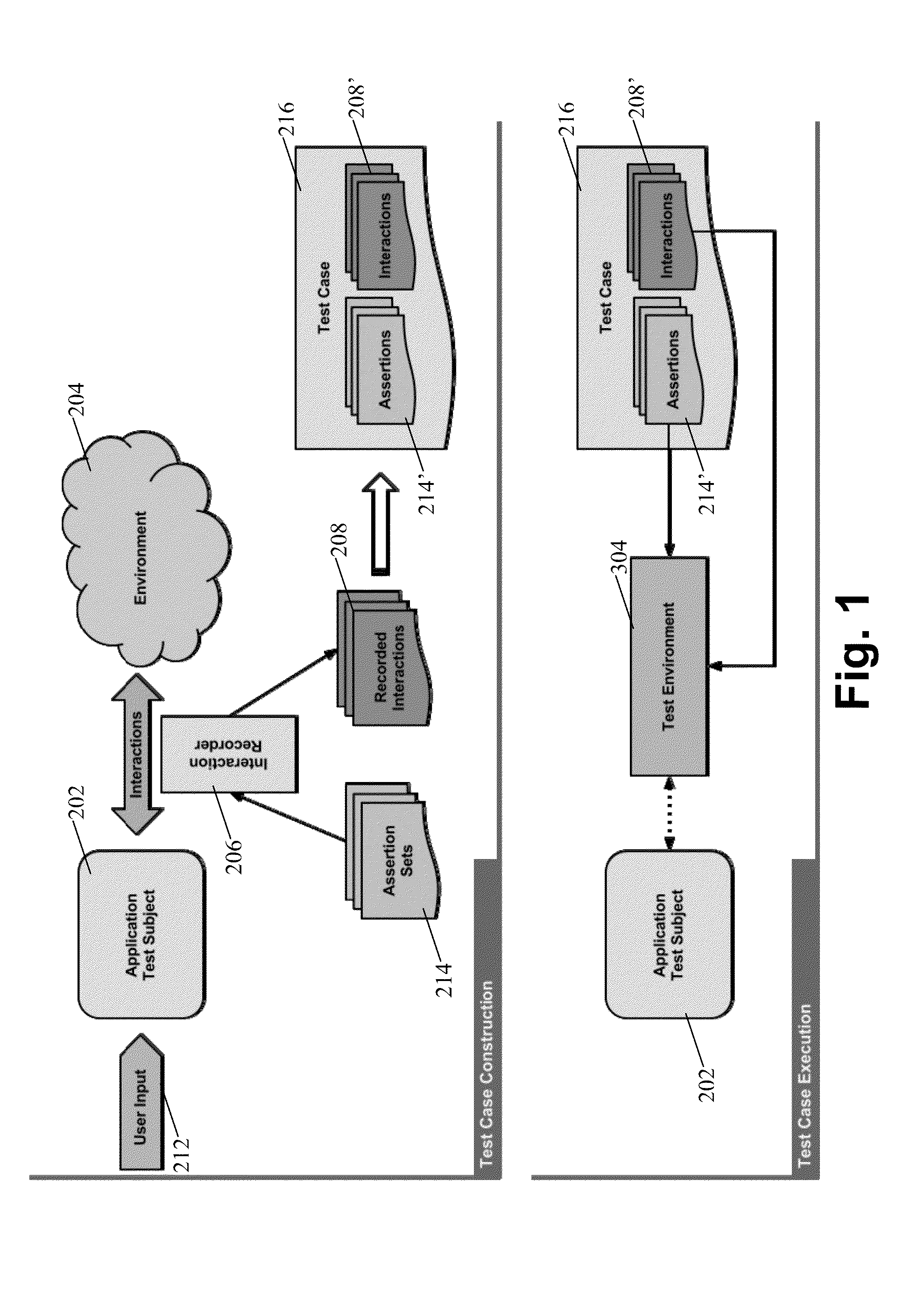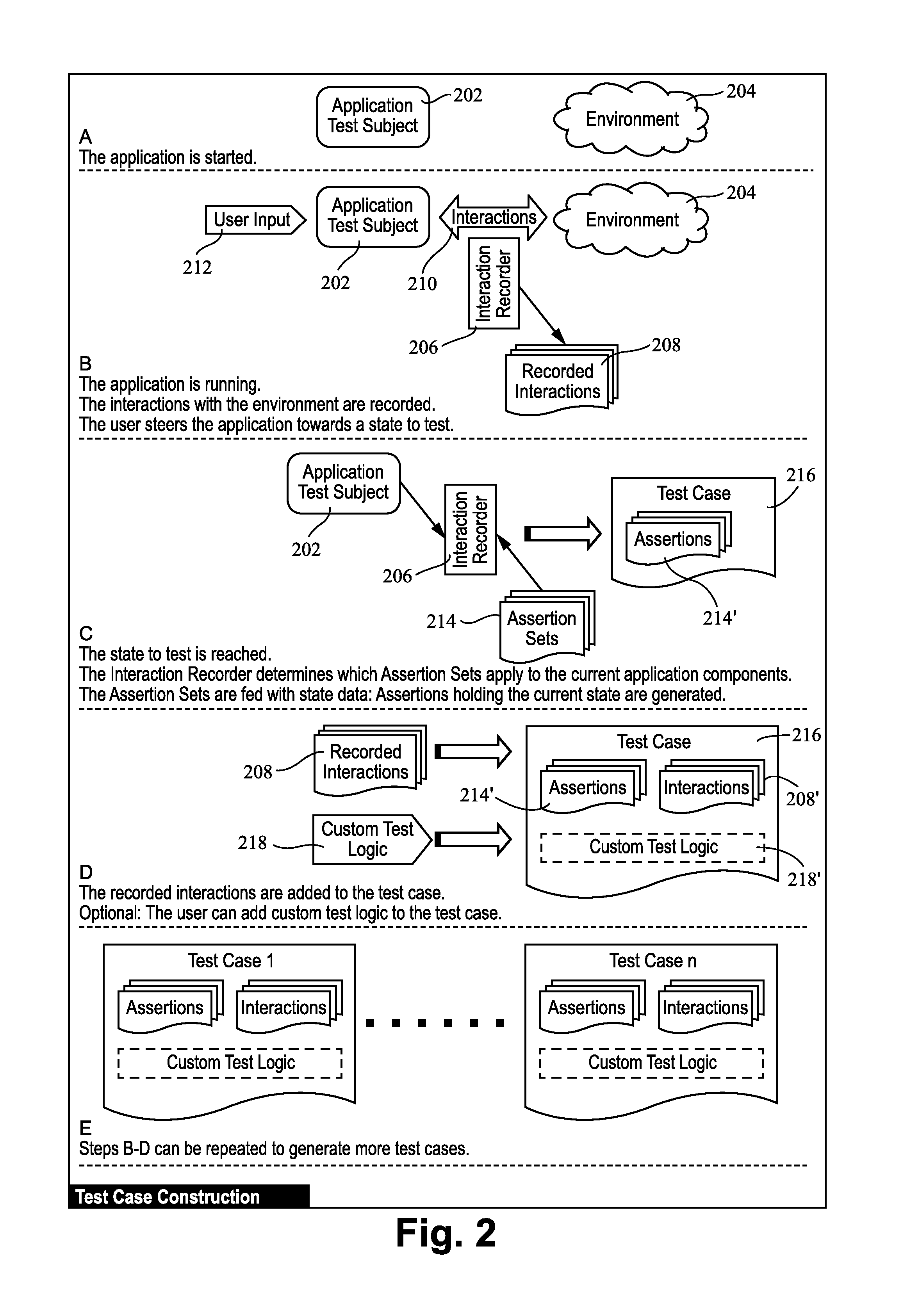White-box testing systems and/or methods for use in connection with graphical user interfaces
- Summary
- Abstract
- Description
- Claims
- Application Information
AI Technical Summary
Benefits of technology
Problems solved by technology
Method used
Image
Examples
example implementation
[0066]This section describes an example implementation of white-box GUI testing for an illustrative Software AG product. It will be appreciated that this implementation can be adapted to Java applications and / or the like. It is also possible to port the whole framework to another platform such as, for example, the .net and / or other frameworks that are similar to or different from Java.
[0067]The example implementation can be roughly visualized in three steps. In a first step, the test cases are built from running the application. The FIG. 6 screenshot is an example running program from which the test cases may be built. It will be appreciated that the FIG. 6 screenshot depicts a generalized GUI including standard GUI elements such as, for example, tools, control panes, text output, etc. In a second step, a class file and an XML file including the assertions and interactions may be automatically generated. FIG. 7 shows the outline of an example class file and an example XML file inclu...
PUM
 Login to View More
Login to View More Abstract
Description
Claims
Application Information
 Login to View More
Login to View More - R&D
- Intellectual Property
- Life Sciences
- Materials
- Tech Scout
- Unparalleled Data Quality
- Higher Quality Content
- 60% Fewer Hallucinations
Browse by: Latest US Patents, China's latest patents, Technical Efficacy Thesaurus, Application Domain, Technology Topic, Popular Technical Reports.
© 2025 PatSnap. All rights reserved.Legal|Privacy policy|Modern Slavery Act Transparency Statement|Sitemap|About US| Contact US: help@patsnap.com



